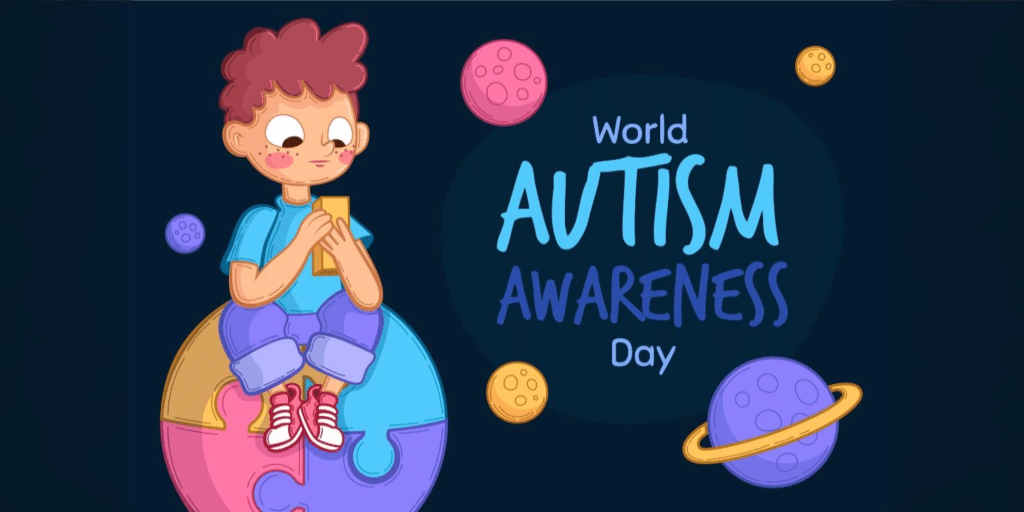Latest

Despite being one of the oldest diseases known to mankind, substantial gaps in our fundamental knowledge of this disease hinder global efforts to eradicate it.
Leprosy, also known as Hansen’s disease, has been surrounded by myths and misconceptions for centuries, contributing to the social stigma attached to this ancient malady. Regardless of significant advancements in medical science and a deeper understanding of leprosy, these unscientific narratives persist, affecting the lives of those afflicted, and hindering efforts to eradicate the disease.
Myth 1: Leprosy is highly contagious.
Fact: Leprosy doesn’t spread easily from person to person. Research shows that although it spreads through respiratory droplets, the transmission rate is relatively low. Prolonged close contact with an untreated individual can lead to transmission. Also, inadequate nutrition and poor sanitary conditions can serve as triggers for the infection.
Myth 2: Leprosy is a skin disease.
Fact: Leprosy is a chronic infectious disease which is caused by a type of bacteria called Mycobacterium leprae. The disease affects the skin, the peripheral nerves, mucosa of the upper respiratory tract, and the eyes. Nerve damage can lead to disabilities, deformities, and loss of sensation in extremities, severely affecting a person’s quality of life.
Myth 3: There is no cure for leprosy.
Fact: Historically, leprosy has been associated with religious and moral implications, contributing to the unjust stigma faced by those affected. Advances in medical science over the years have led to effective treatments. Leprosy is a curable disease and multi-drug therapy (MDT) is the standard treatment. Early detection and intervention play a crucial role in preventing disabilities and reducing the impact of the disease on affected individuals.
Despite being one of the oldest diseases known to mankind, substantial gaps in our fundamental knowledge of this disease persist relative to other infectious diseases. We need more education and awareness campaigns to empower individuals and support those affected by leprosy to lead healthy lives, free from the burden of unfounded myths.
Read More : Explainer: Understanding thyroid disorders










